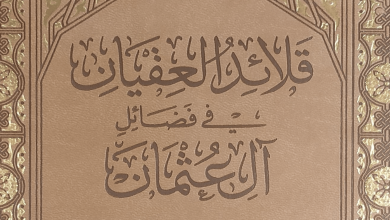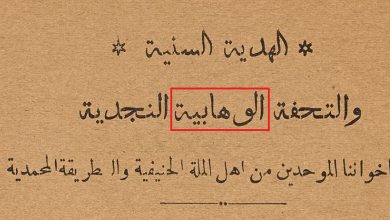A Day in The Life of Hāfiż Ibn Hajar al-‘Asqalānī
A Day in The Life of Hāfiż Ibn Hajar al-‘Asqalānī
By Shams al-Dīn al-Sakhāwī[1]
Translated by: Shaykh Muntasir Zaman
[Translator’s Preface:
“The beauty of the skies lies in the stars; the beauty of the earth lies in the pious.”
The following is a description of a day in the life of the great Hadīth scholar Hāfiż Ibn Hajar al-‘Asqalānī (d. 852 AH). This was documented by his close companion and student Shams al-Dīn al-Sakhāwī (d. 902 AH) who penned a multi-volume work on his teacher’s life entitled “al-Jawāhir wa al-Durar fī Tarjamat Shaykh al-Islām Ibn Hajar.” This wonderful account of Hāfiż Ibn Hajar’s life, whose title aptly translates as “Gems and Pearls,” is a recommended read for any serious student of knowledge. –Muntasir Zaman]
As for a description on how he would spend his time:
In his early days, he (Allāh have mercy upon him) would perform the Fajr prayer at Jāmi‘ al-Hākim when it was still dark. Afterwards -perhaps after becoming a judge- he began performing it at al-Madrasah al-Mankūtamuriyyah[2] when it [the sky] was bright. He would go to the Madrasah from the private quarters of his residence. When he completed his prayers, if anyone required his assistance, he would speak to them; otherwise, he would return home and engage in the morning adhkār and recitation of the Qur’ān. He would then engage in research and writing until the time of Salāt al-Duhā and then perform it [Salāt al-Duhā]. Thereafter, if there were people seeking permission to read hadith, he would attend to them. Thus, some would read with transmission and others with commentary; he would remain seated with them until shortly before the Zuhr prayer. He would then return home and rest for one-third of an hour, and perform the Zuhr prayer at his residence.
Thereafter, he would research and write until roughly two-thirds of an hour after the adhān of ‘Asr. Then he would go to the Madrasah and find the students and others waiting for him, so he would perform ‘Asr with them. After the prayer, he would sit to deliver lessons. By then, those who had prescribed invocations either finished them or had a small amount remaining. This is why he delayed slightly, intending wide spread benefit and considering the feelings of the students.
In between their recital to him, as well as in the morning session, he would write answers to Hadith and Fiqh related queries that were sent to him. Occasionally, a discussion would ensue between him and the students regarding some of the queries. Generally, this session would only terminate shortly before sunset. Thereafter, he would return home and eat dinner if he was not fasting; otherwise, he would wait for the adhān to eat and then pray.
He would engage in voluntary prayers or research until he heard the adhān for ‘Ishā’ during which he would make his way to the Madrasah, and upon his arrival, a group of students would be waiting for him. He would pray two raka’āt and then generally sit for dictation or mutual discussion for over an hour and then pray ‘Īshā’ in congregation. Thereafter, he would return home and perform the [post-‘Īshā’] Sunnah prayers. During the month of Ramadān, after the adhān, the prayer of ‘Īshā’ would commence once he appeared and the appointed Imām for the Tarāwīh prayer would go forward. For a lengthy period, the appointed Imām was al-Badr Hasan ibn ‘Abd Allah […] and after his demise, it was Nūr al-Dīn al-Samannūdī. Some nights I prayed with him. He would first pray ‘Īshā’ and then Tarāwīh. When the Imām would stand for the Witr prayer, he would generally remain seated and would engage in dhikr until its completion and then go home to rest. Thereafter, he would do as I described under the section “his night vigil prayer (tahajjud).”
This was his routine most of the time. When he had classes or official duties, however, his schedule would change slightly- as well as in Ramadān.
————————————–
[1] Al-Sakhāwī, al-Jawāhir wa al-Durar, vol.3, pp.1050-1051
[2] A Madrasah built in Cairo in the year 698 AH by the governor Sayf al-Dīn Mankūtamur al-Husāmī. See al-Maqrīzī, al-Mawā‘iż wa al-I‘tibār, vol.4, p.238
NB – The image in the above slideshow is from the title page of the manuscript of Imam al-Sakhawi’s al-Jawahir wa al-Durar as stored in the Topkapi museum library (Ahmed al-Thalith collection, no. 2991, dated 895 AH) in Istanbul, Turkey.






